VOCs(挥发性有机化合物)废气处理
VOCs(挥发性有机化合物)废气处理是环保领域的重要工作,以下是相关知识介绍:
VOCs (volatile organic compounds) waste gas treatment is an important task in the field of environmental protection. The following is an introduction to relevant knowledge:
VOCs 废气的来源与危害
Sources and hazards of VOCs exhaust gas
来源
source
工业源:如石油化工、电子制造、涂装、印刷等行业,在生产过程中会挥发大量的 VOCs。例如,石油化工企业的有机液体储存与装卸、化学反应过程等都会释放 VOCs。
Industrial sources, such as petrochemicals, electronic manufacturing, painting, printing, etc., emit large amounts of VOCs during the production process. For example, the storage and handling of organic liquids, as well as chemical reaction processes in petrochemical enterprises, all release VOCs.
生活源:包括建筑装修、餐饮油烟、干洗、汽修等。像装修时使用的油漆、涂料、胶粘剂等会释放苯、甲苯等 VOCs。
Life sources: including building decoration, catering fumes, dry cleaning, auto repair, etc. Paint, coatings, adhesives, and other materials used during decoration can release VOCs such as benzene and toluene.
农业源:农业生产中的农药、化肥使用,以及畜禽养殖等也会产生 VOCs。
Agricultural sources: The use of pesticides and fertilizers in agricultural production, as well as livestock and poultry breeding, can also produce VOCs.
危害
harm

对环境的影响:VOCs 是形成光化学烟雾和臭氧污染的重要前体物,会导致空气质量恶化,还会在大气中形成二次有机气溶胶,加重雾霾天气。
Environmental impact: VOCs are important precursors for the formation of photochemical smog and ozone pollution, which can lead to deterioration of air quality and the formation of secondary organic aerosols in the atmosphere, exacerbating haze weather.
对人体健康的影响:许多 VOCs 具有刺激性气味,会对人体的呼吸系统、神经系统等造成损害,长期接触可能致癌、致畸、致突变。比如苯可导致再生障碍性贫血,甲醛会引起呼吸道刺激、过敏等症状。
The impact on human health: Many VOCs have irritating odors and can cause damage to the respiratory and nervous systems of the human body. Long term exposure may lead to cancer, malformation, and mutation. For example, benzene can cause aplastic anemia, and formaldehyde can cause respiratory irritation, allergies, and other symptoms.
常见处理技术
Common processing techniques
回收技术
Recycling technology
吸附法:利用活性炭、沸石等吸附剂对 VOCs 进行吸附,当吸附达到饱和后,通过加热、减压等方式使 VOCs 脱附,实现回收。适用于低浓度、大风量的 VOCs 废气处理,如在喷漆车间废气处理中应用广泛。
Adsorption method: Activated carbon, zeolite and other adsorbents are used to adsorb VOCs. When the adsorption reaches saturation, VOCs are desorbed through heating, depressurization and other methods to achieve recovery. Suitable for the treatment of VOCs waste gas with low concentration and high air volume, such as widely used in the treatment of waste gas in paint spraying workshops.
吸收法:采用液体吸收剂(如水、有机溶剂等)与 VOCs 废气接触,使 VOCs 溶解于吸收剂中,从而达到分离回收的目的。常用于处理水溶性较好的 VOCs,如处理含甲醇、乙醇的废气。
Absorption method: Liquid absorbents (such as water, organic solvents, etc.) are used to come into contact with VOCs waste gas to dissolve VOCs in the absorbents, thereby achieving the purpose of separation and recovery. Commonly used for treating VOCs with good water solubility, such as treating waste gases containing methanol and ethanol.
冷凝法:通过降低温度或提高压力,使 VOCs 废气中的有机物冷凝成液体,实现回收。适用于高浓度、高沸点的 VOCs 废气处理,如在石油化工行业中对有机蒸汽的回收。
Condensation method: By reducing temperature or increasing pressure, organic matter in VOCs exhaust gas is condensed into liquid to achieve recovery. Suitable for the treatment of high concentration and high boiling point VOCs waste gas, such as the recovery of organic vapors in the petrochemical industry.
销毁技术
Destruction technology
燃烧法:分为直接燃烧和催化燃烧。直接燃烧是将 VOCs 废气在高温下直接氧化分解为二氧化碳和水;催化燃烧则是在催化剂的作用下,降低燃烧温度,使 VOCs 更高效地燃烧分解。适用于处理高浓度、小风量的 VOCs 废气,如化工企业的有机废气处理。
Combustion method: divided into direct combustion and catalytic combustion. Direct combustion is the direct oxidation and decomposition of VOCs waste gas into carbon dioxide and water at high temperatures; Catalytic combustion is the process of lowering the combustion temperature under the action of a catalyst, allowing VOCs to burn and decompose more efficiently. Suitable for treating high concentration and low wind volume VOCs waste gas, such as organic waste gas treatment in chemical enterprises.
生物法:利用微生物的代谢作用,将 VOCs 分解为二氧化碳和水等无害物质。具有运行成本低、无二次污染等优点,但处理效率相对较低,适用于处理低浓度、可生物降解的 VOCs 废气,如污水处理厂的废气处理。
Biological method: utilizing the metabolic process of microorganisms to decompose VOCs into harmless substances such as carbon dioxide and water. It has the advantages of low operating costs and no secondary pollution, but the treatment efficiency is relatively low. It is suitable for treating low concentration, biodegradable VOCs waste gas, such as waste gas treatment in sewage treatment plants.
等离子体法:通过高压放电产生等离子体,使 VOCs 分子发生电离、激发等反应,最终分解为无害物质。适用于处理多种类型的 VOCs 废气,但存在能耗较高、设备维护成本高等问题。
Plasma method: By generating plasma through high-voltage discharge, VOCs molecules undergo ionization, excitation and other reactions, ultimately decomposing into harmless substances. Suitable for treating various types of VOCs waste gas, but there are issues such as high energy consumption and high equipment maintenance costs.
处理系统的设计与运行要点
Key points for the design and operation of processing systems
设计要点
Design points
废气特性分析:需要对废气的成分、浓度、流量、温度、湿度等进行详细分析,以便选择合适的处理技术和设备。
Analysis of exhaust gas characteristics: It is necessary to conduct a detailed analysis of the composition, concentration, flow rate, temperature, humidity, etc. of the exhaust gas in order to select appropriate treatment technologies and equipment.
处理工艺选择:综合考虑废气特性、处理要求、投资成本、运行成本等因素,选择最适合的处理工艺。有时需要采用多种处理技术组合的方式,以达到更好的处理效果。
Process selection: Taking into account factors such as exhaust gas characteristics, treatment requirements, investment costs, and operating costs, select the most suitable treatment process. Sometimes it is necessary to use a combination of multiple processing techniques to achieve better processing results.
设备选型与布局:根据处理工艺和处理量,选择合适的处理设备,并合理布局,确保系统运行稳定、操作方便。
Equipment selection and layout: Based on the processing technology and processing capacity, select suitable processing equipment and arrange it reasonably to ensure stable system operation and easy operation.
运行要点
Key points of operation
操作参数控制:严格控制处理设备的运行参数,如温度、压力、停留时间等,以保证处理效果。
Operation parameter control: Strictly control the operating parameters of the processing equipment, such as temperature, pressure, residence time, etc., to ensure the processing effect.
设备维护与保养:定期对处理设备进行检查、维护和保养,及时更换吸附剂、催化剂等耗材,确保设备正常运行。
Equipment maintenance and upkeep: Regularly inspect, maintain, and upkeep the processing equipment, promptly replace consumables such as adsorbents and catalysts, and ensure the normal operation of the equipment.
监测与管理:建立完善的监测体系,对废气排放情况进行实时监测,确保达标排放。同时,加强对处理系统的运行管理,提高操作人员的技能水平和环保意识。
Monitoring and Management: Establish a comprehensive monitoring system to conduct real-time monitoring of exhaust emissions and ensure compliance with emission standards. At the same time, strengthen the operation and management of the processing system, improve the skill level and environmental awareness of operators.
上一篇:关于VOCs 废气处理的方法详细
下一篇:电泳线的常用规格有哪些










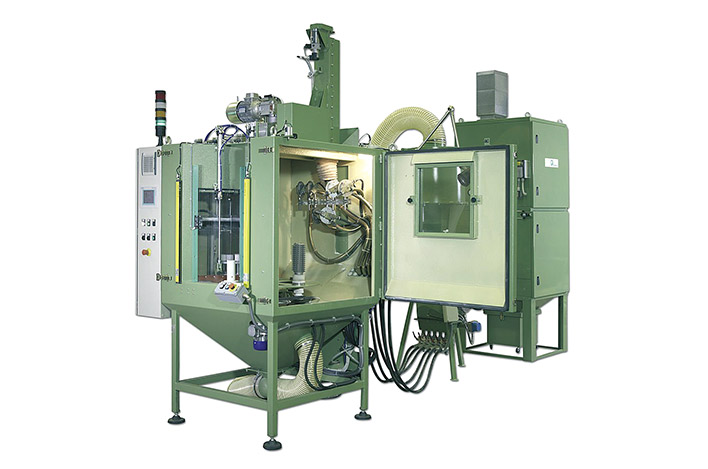
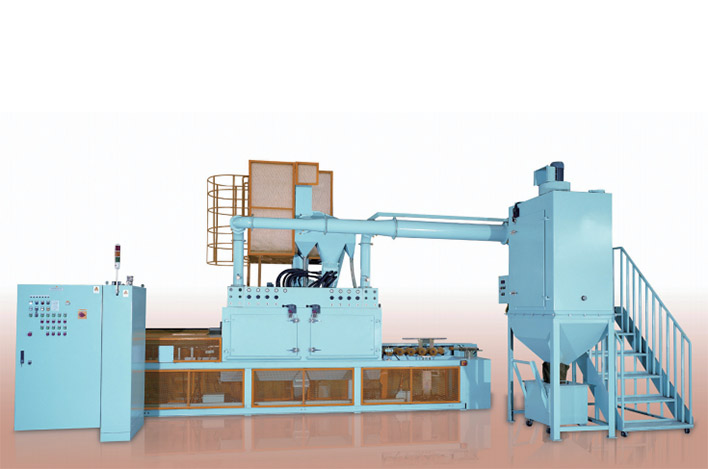
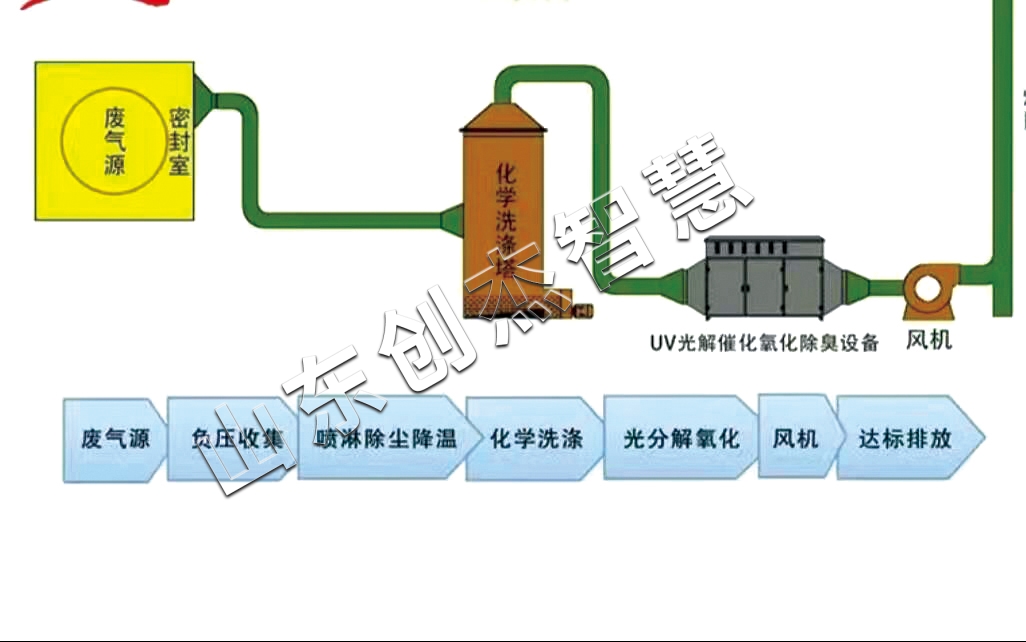
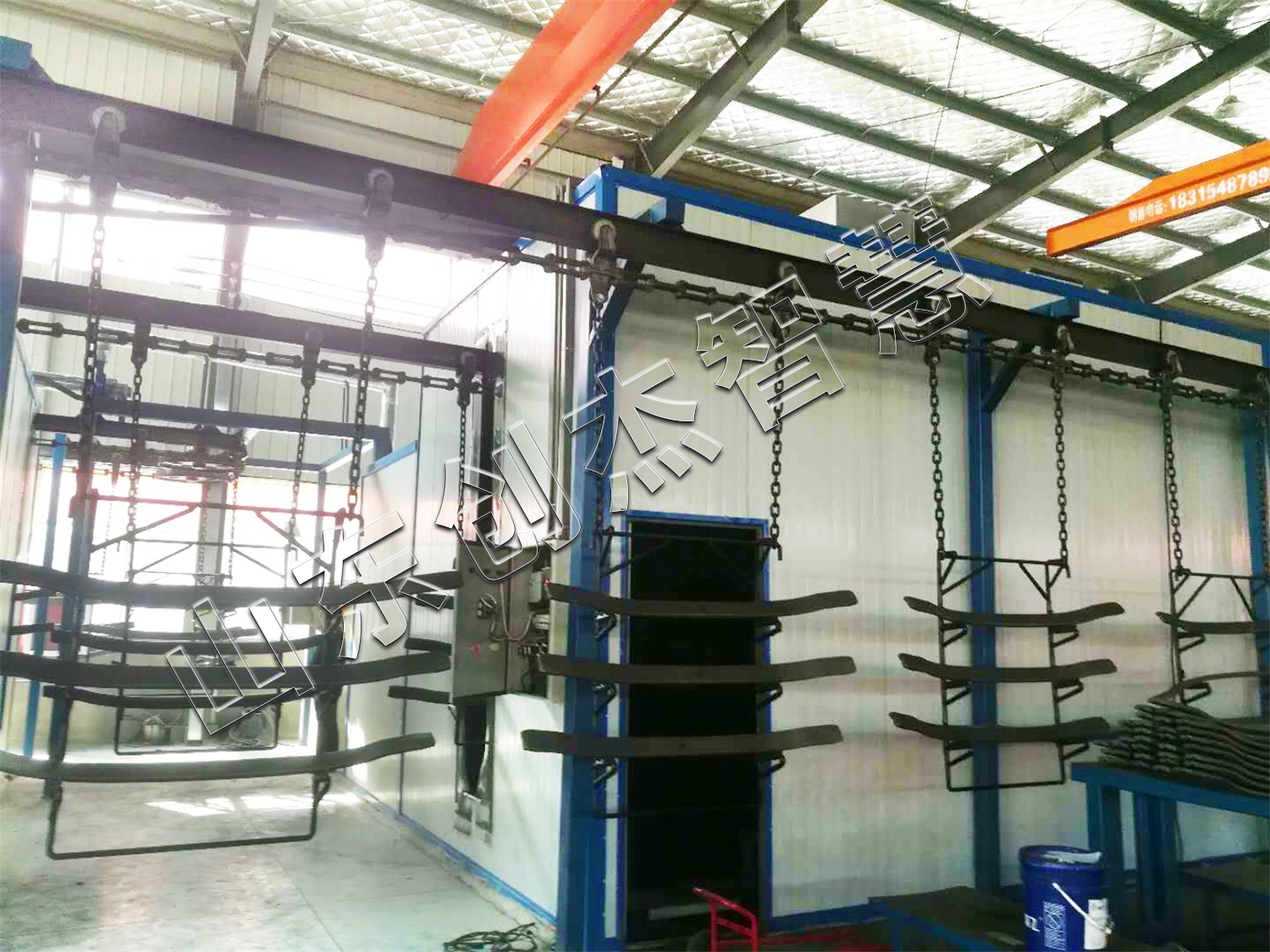
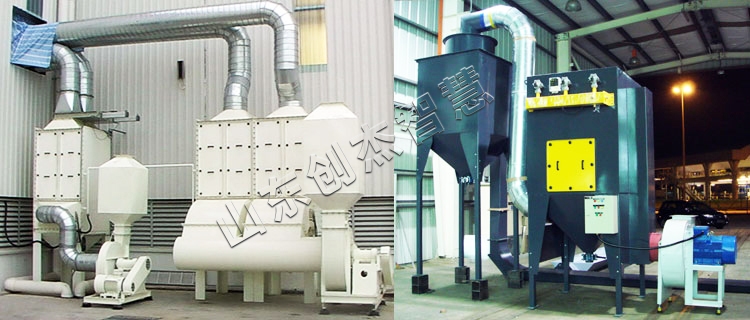

 鲁公网安备 37142502000144号
鲁公网安备 37142502000144号